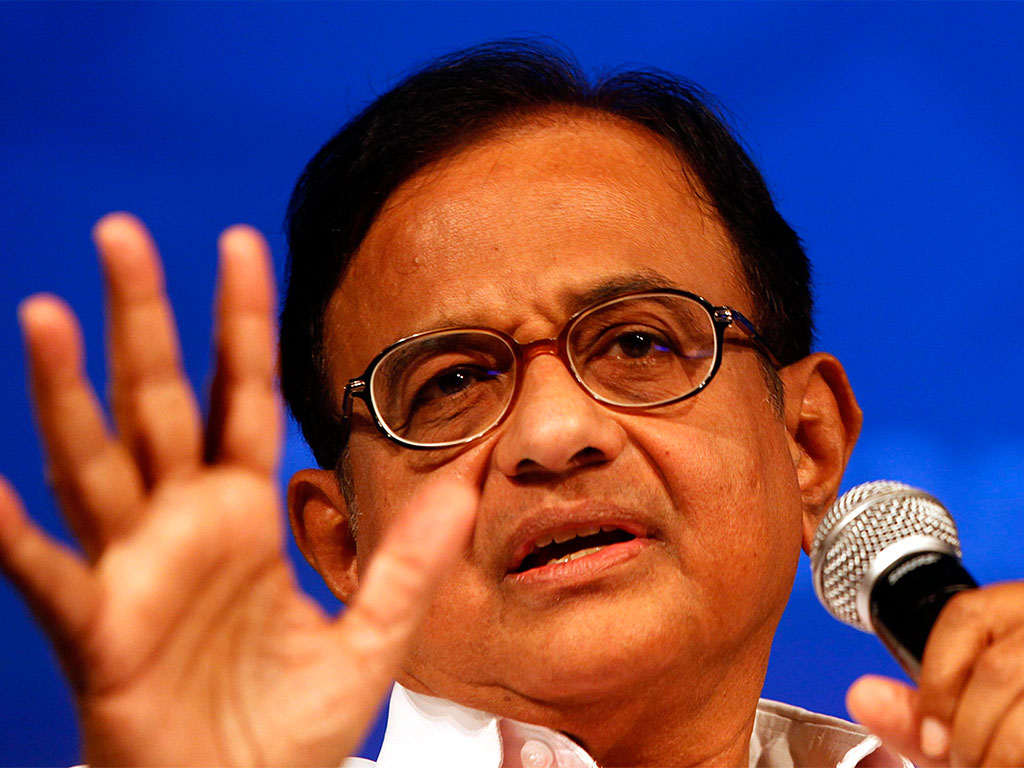
“Banks are under strain owing to rising non-performing assets,” said India’s Finance Minister Palaniappan Chidambaram in a speech announcing the government’s interim budget for the year to March 2015. “Bankers have assured me that as the economy turns they will be able to contain the nonperforming assets and record more loans.”
These were the reasons given by the finance minister to justify his announcement that 112bn rupees, or $1.8bn, of capital will be injected into state-owned financial institutions over the next fiscal year.
[N]onperforming assets, particularly loans that have gone bad, are the biggest strain on India’s banks
“In 2014-15, I propose to provide 112bn rupees for capital infusion in public sector banks,” said Chidambaram in his speech. “They have opened 5,207 branches so far, against the target of 8,023 branches, and are near the goal of installing an ATM at every branch.”
The bank has already infused close to 140bn rupees in public sector banks so far this year, so the new announcement does not represent much change from current policy. For the finance minister, nonperforming assets, particularly loans that have gone bad, are the biggest strain on India’s banks as the country’s economy continues to struggle. Typically, the central bank injects capital into state-run institutions by buying shares.
Bad loans have long since been a drag to India’s economy. Raghuram Rajan’s, governor of the Reserve Bank of India has already vowed to cleanse the country’s banks of the scourge, and individual lenders have also been taking steps to mitigate their losses. United Bank of India, the state-run institution with the highest percentage of loans is likely to receive a further government capital injection to boost its risk buffer, according to Finance Ministry Banking Secretary Rajiv Takru, though he declined to specify how much that is likely to be worth or when it might occur.
Bad loans have increased to 4.2 percent of total credit as of September 2013, the highest number is close to six years. It was a significant increase from an average of 34 percent the pervious March, according to a central bank report published in December. The total amount of nonperforming assets has more than doubled since March 2011.


